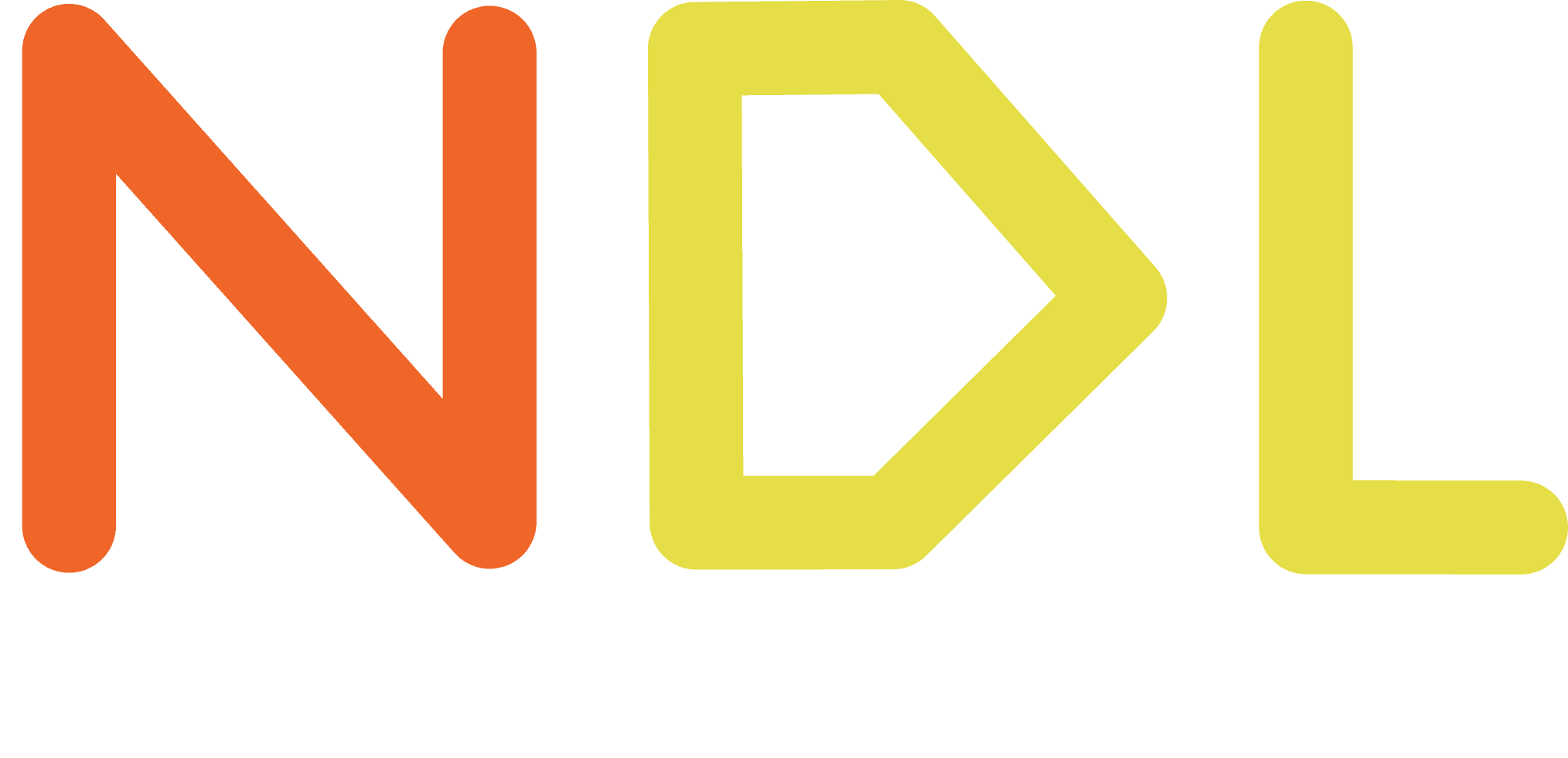
Farmers are ready to go, but agribusiness?
In an interview with the german magazine Agrarheute, NDL project manager Luisa Möller and journalist Norbert Lehmann discuss what the challenges are in terms of usability, obstacles to digitization, data protection hurdles and how widespread the acceptance of farm management systems is.



